Algal Bloom present in the Hudson River. Avoid the water.
Avoid swimming, wading, or allowing dogs to swim or drink Hudson River water. Link to organization that detected the algal bloom: https://www.caryinstitute.org/news-insights/press-release/extensive-harmful-algal-bloom-hudson-river-estuary. Link to interactive map of algal blooms in NY: https://experience.arcgis.com/experience/e5dec19912454731a308bbb7af605fb3/.
| Title | Home Of Franklin D Roosevelt |
| Park Code | hofr |
| Description | Home to the 32nd and longest-serving president of the United States, Franklin D. Roosevelt returned to Hyde Park often, drawing on this place to renew his spirit during times of personal and political crisis. Explore the Roosevelt saga in the hom... |
| Location | |
| Contact | |
| Activities |
|
| Entrance fees |
Entrance - Per Person
$15.00
Entrance to the Home of FDR is by guided tour only. Tickets are sold on a first come, first served basis. There are no advanced reservations for individuals.
Entrance - Per Person
$15.00
The Franklin D. Roosevelt Presidential Library and Museum is open 7 days a week, from 9:00 a.m. to 5:00 p.m. (NOV-MAR) and 9:00 a.m. to 6:00 p.m. (APR-OCT). Online tickets may be purchased at the link below. You will receive an email confirmation after making a purchase (be sure to check your SPAM folder). Bring this confirmation -- printed or on smart device -- as proof of purchase.
|
| Campgrounds | Count: 0
|
| Places | Count: 26
A Walk for All SeasonsWhile FDR proclaimed the Tulip Tree his favorite tree, he nevertheless made special journeys to Hyde Park in spring when he learned that the dogwood was in bloom. 
BellefieldBellefield embodies the distinctive characteristics of Colonial Revival country-house architecture in the Hudson Valley dating to a renovation and expansion designed by the influential architectural firm McKim, Mead & White. 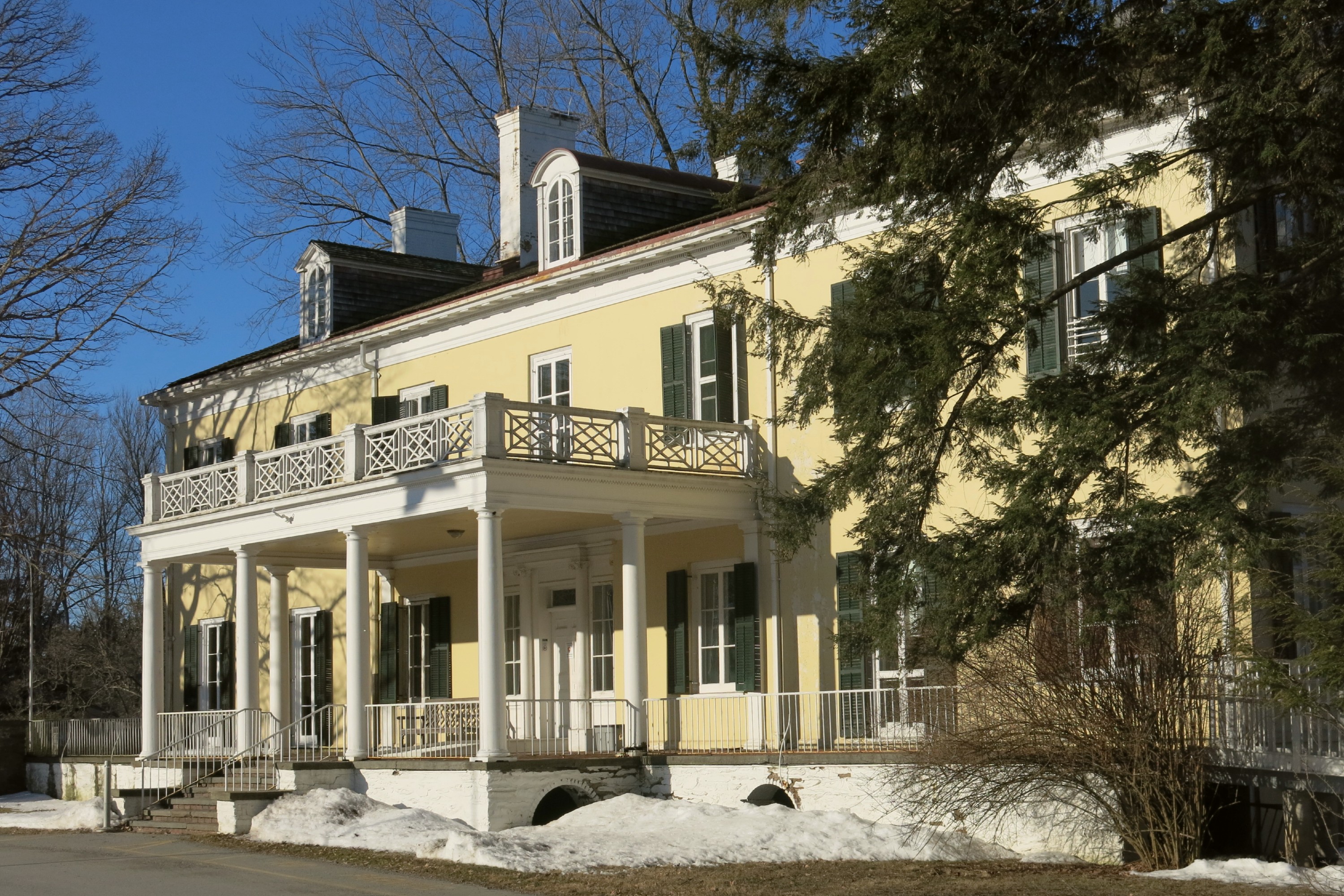
Burial Site of Franklin and Eleanor RooseveltFDR chose the location of his final resting place. It reflects his intense connection to the place of his birth and formative years, the launching point of his rise to public prominence, his refuge from the serious demands of the world, and the place where he found the resources to face head on the challenges first of polio, then of executive office in a time of dire national crisis. 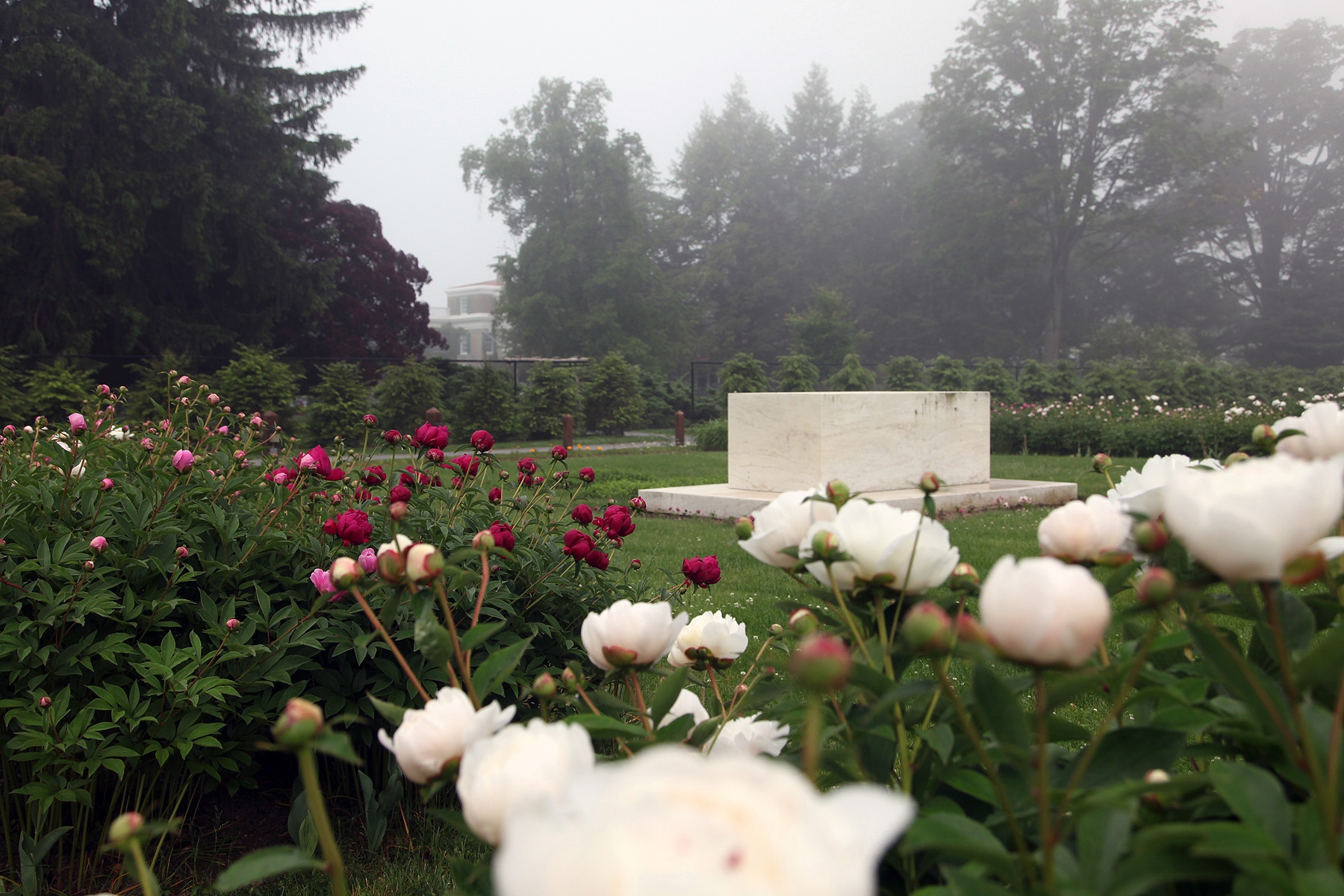
Escaping the MobLamenting his lack of private time on his trips from Washington to Hyde Park, FDR began talking about “building a small place to go to escape the mob.” 
FDR's Favorite TreeThe tulip poplar, often identified by FDR as his favorite tree, is a tall member of the magnolia family--one of the tallest North American hardwood trees. 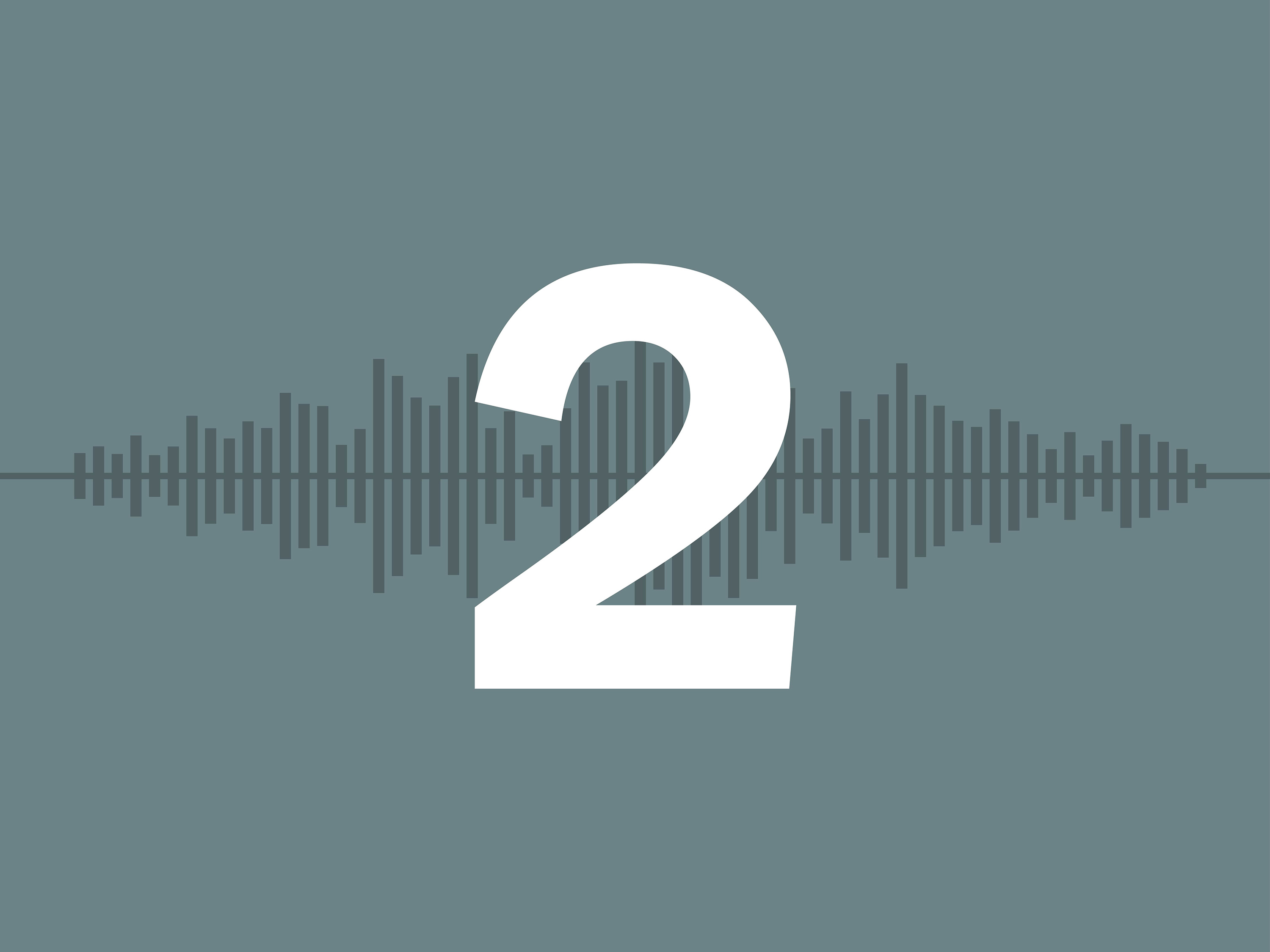
Fala - Dogs of the NPSFala, Franklin D. Roosevelt’s beloved Scottish Terrier, was a constant companion to the President, traveling with him, charming the public, and even inspiring a famous speech. After FDR’s death, Fala lived with Eleanor Roosevelt until his own passing, earning a place near his master’s grave. 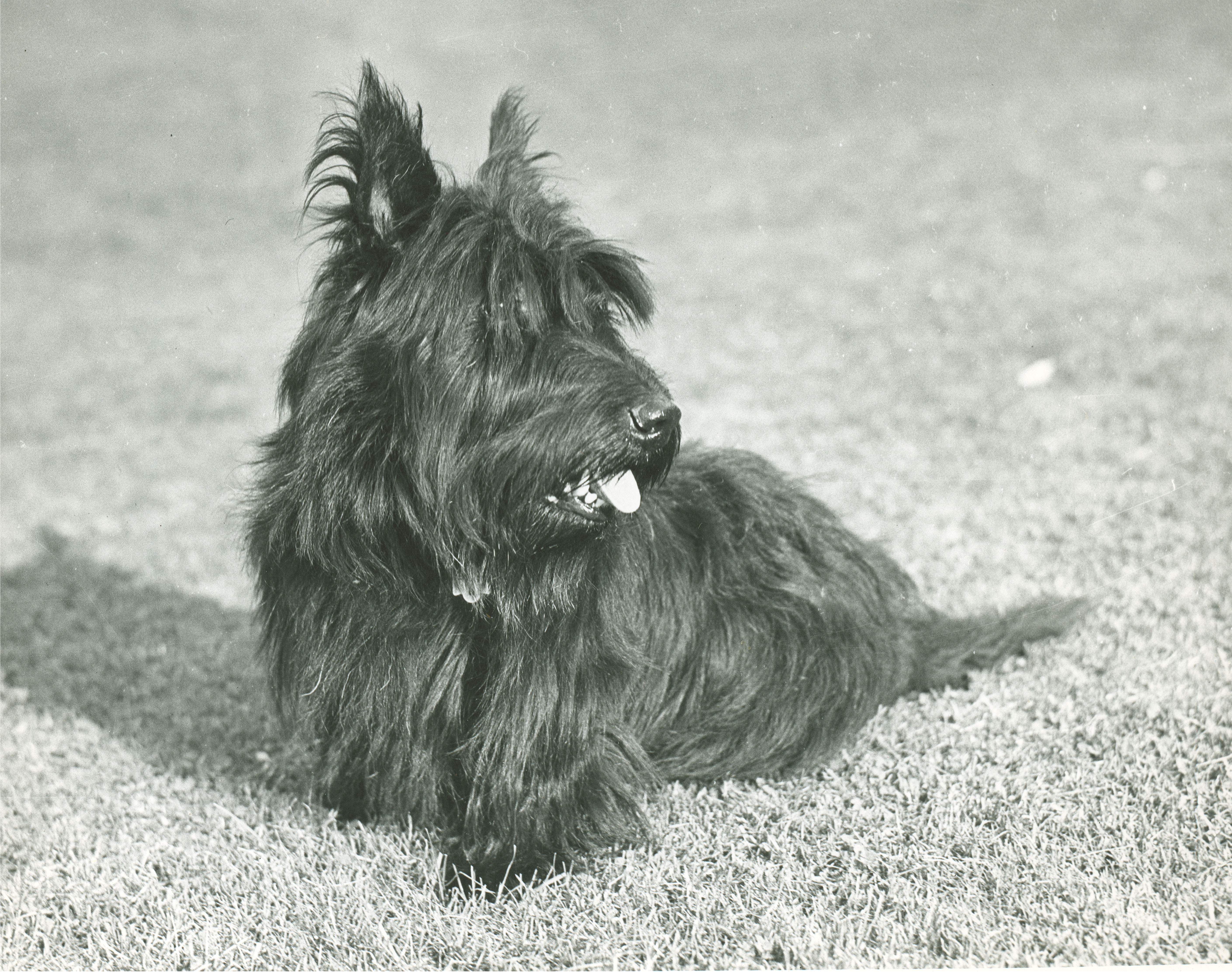
For Love of the LandThe reminiscences of Daisy Suckley, cousin and close companion of FDR, remind us of a man who understood, valued, and preserved nature, sharing its restorative benefits with close friends, his Hyde Park community, and the entire nation. 
Forestry and FDRThe President’s love of trees included his appreciation for their commercial potential. 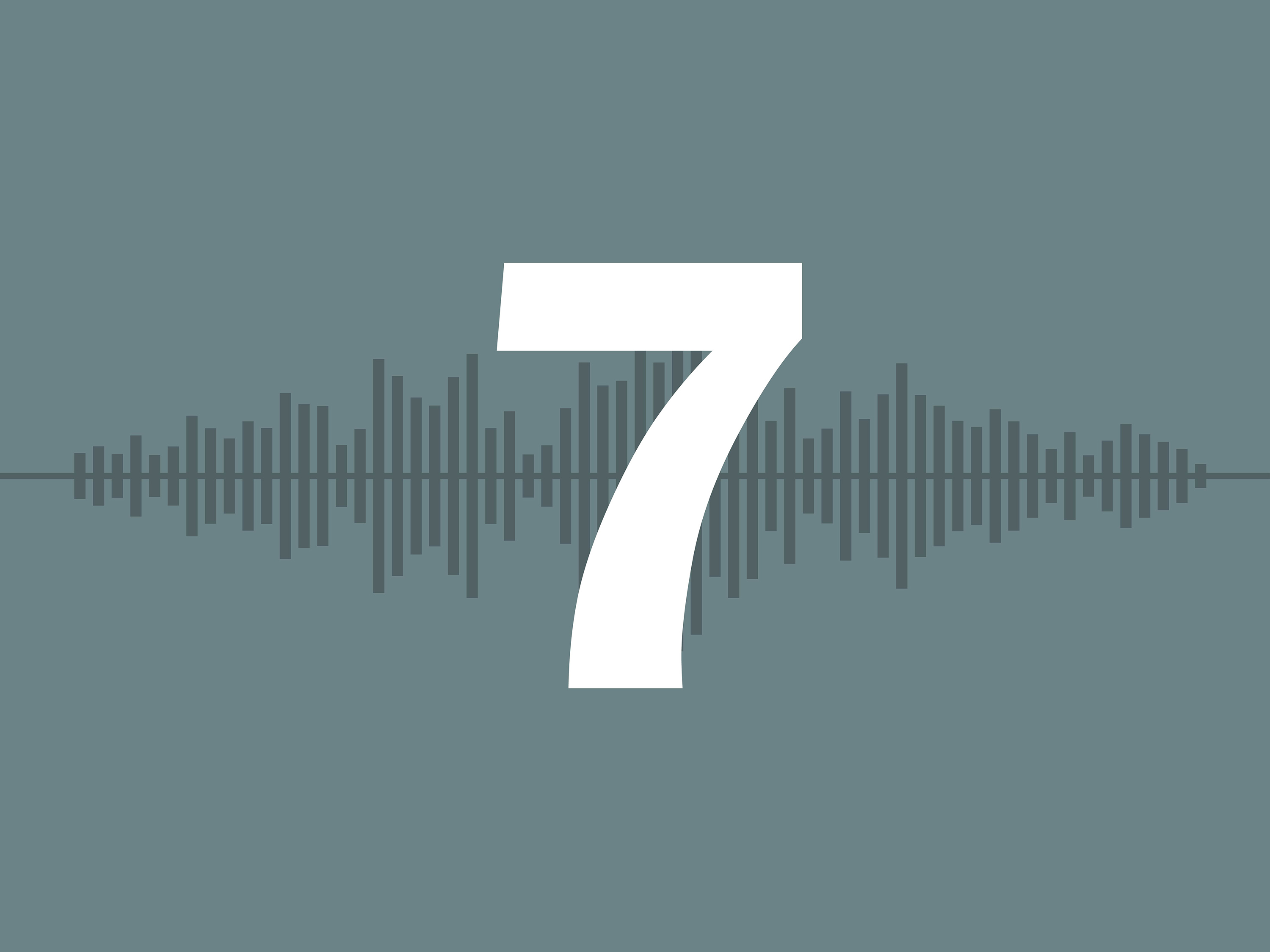
Franklin D. Roosevelt Presidential Library and MuseumFranklin D. Roosevelt's plan for the first presidential library set a precedent that all future chief executives have followed since. FDR viewed the library as a solution to two problems—how to simultaneously preserve and provide public access to the records of his presidency. His was an attitude of “open government,” believing that the people of the United States were entitled to a better look at how their government was working. 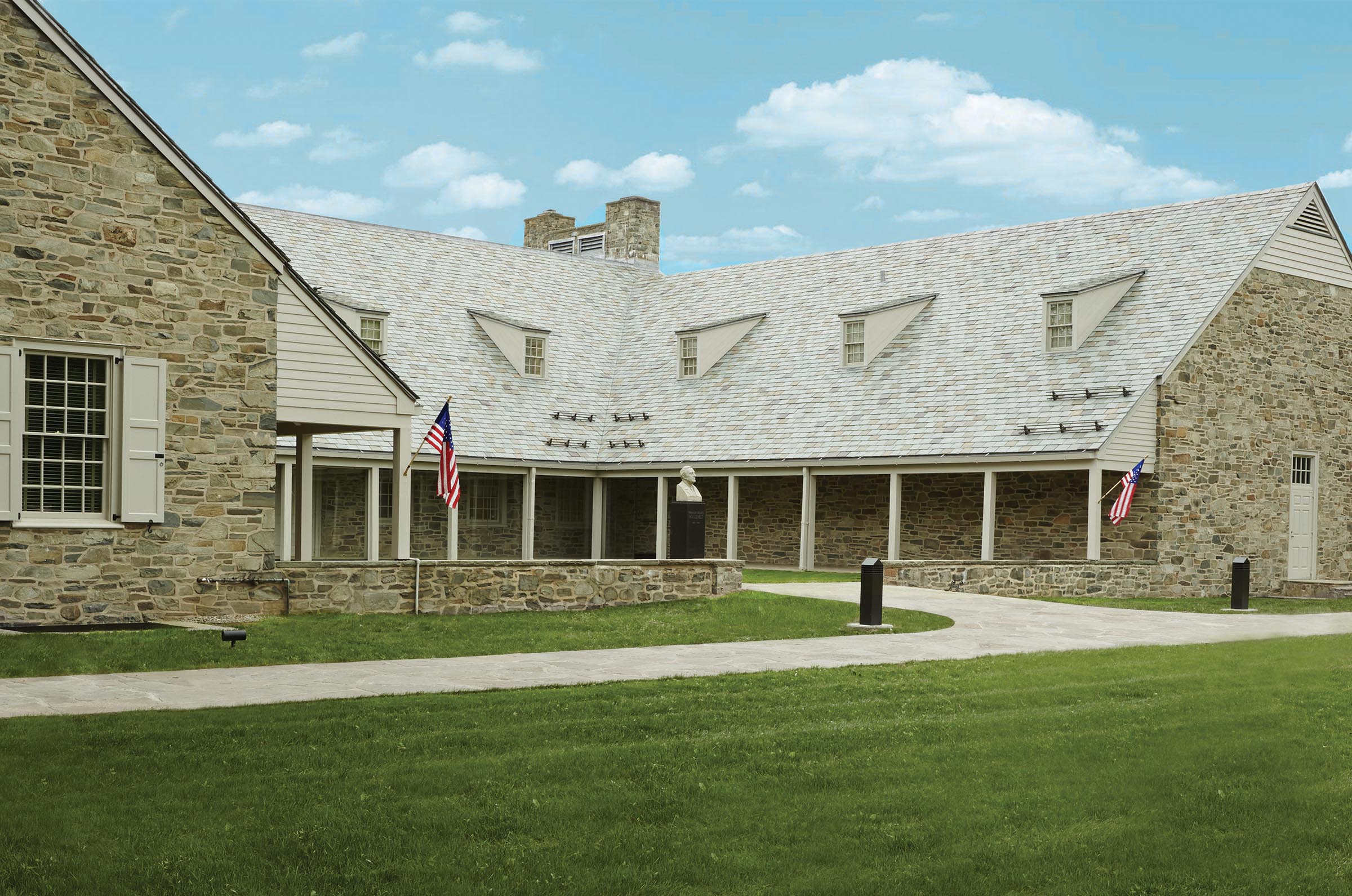
From Farm to ForestDuring his frequent visits to Hyde Park, FDR would seek out Moses Smith to discuss politics. Smith became the President’s “everyman” and sounding board: If Smith understood, so would the American public. 
Maritje Kill BridgeThe Maritje Kill bridge was really the main conduit between the big house and Val Kill, and later on Top Cottage. 
Multiple Homes, Multiple PurposesTop Cottage was one of several homes used by the Roosevelts, yet it was never intended to serve as a full-time residence. It would be a place where he could experience solitude, or invite select companions. 
Pursuing the PresidentWhenever the President sought solitude, he would retreat to his Hyde Park woods, the car connecting him to the trees he loved. 
Road to RogersKnown as the Road to Rogers, this road led to the former estate of Colonel Archibald Rogers, friend, neighbor, and forestry mentor to FDR. The Roosevelts’ property shared a long boundary with the Rogers estate, and Rogers’ children were FDR’s boyhood playmates. 
Salamander CrossingIf you come out here the first rainy night of March, you might get a chance to witness the salamander migration. 
SpringwoodHome to the 32nd and longest-serving president of the United States, Springwood reflects much of Franklin D. Roosevelt's personality and values. FDR returned to Springwood often, drawing on his roots here to renew his spirit during times of personal and political crisis. It was also home to one of our nation's most famous disabled persons. 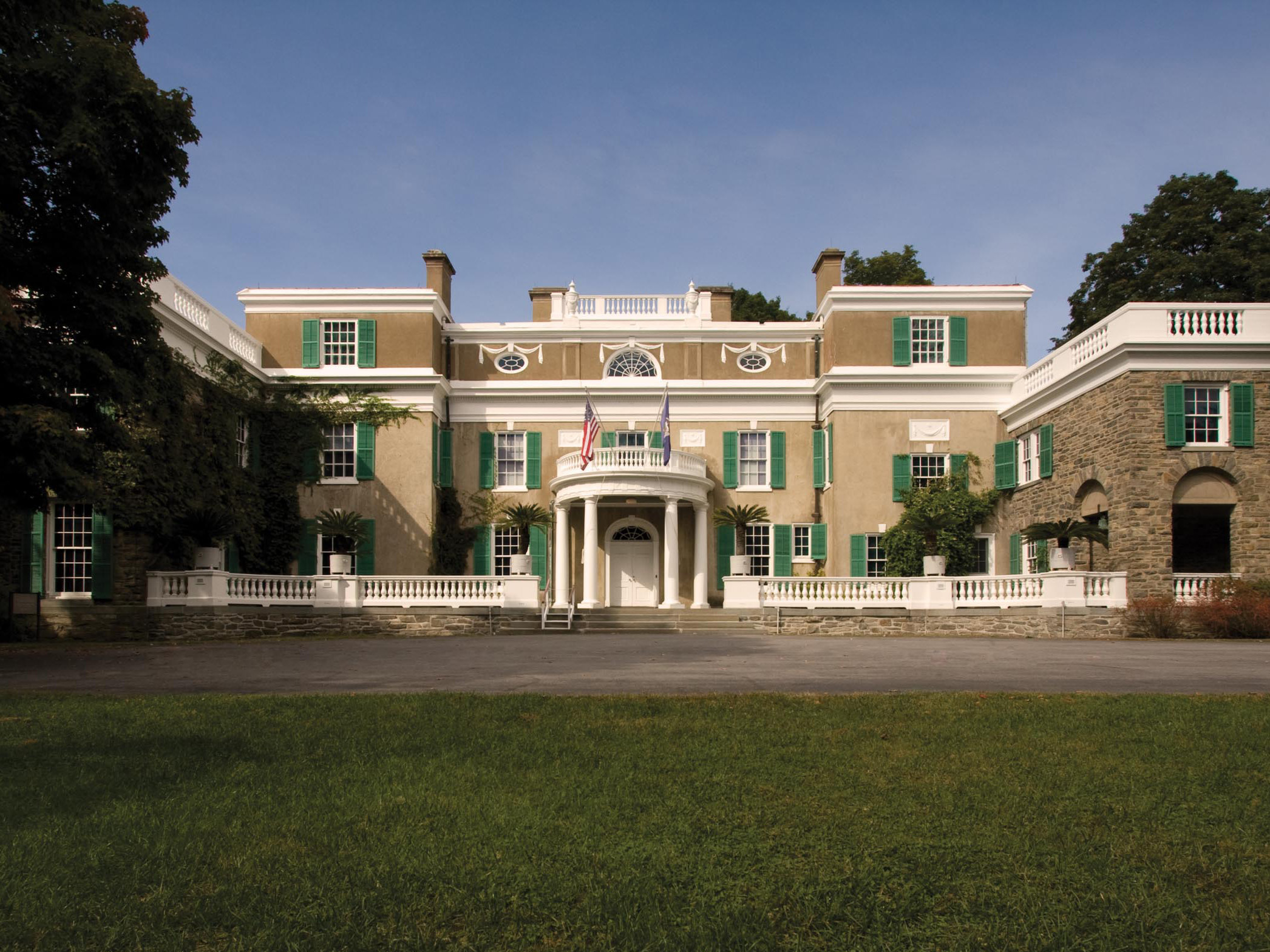
The Legacy of the LandFDR had great input in the overall design of Top Cottage, which came from his life-long passion for history. He worked to preserve and interpret the past, making it valuable and relevant to future generations. 
The Road to Top CottageWhen you are the President of the United States, there is no vacation from the immeasurable responsibility of the office. But the trail you are about to climb leads to a place that, for Franklin Delano Roosevelt, came as close to a retreat as possible. 
The Roosevelt Home GardenThe Home Garden, nearly two acres in size, was a central part of life for the Roosevelt family. FDR grew up playing in the garden and savoring its bounty. His children and grandchildren helped work the garden, pulling weeds and harvesting its fruits and vegetables. FDR's memories of the garden helped shape his values and sense of identity. 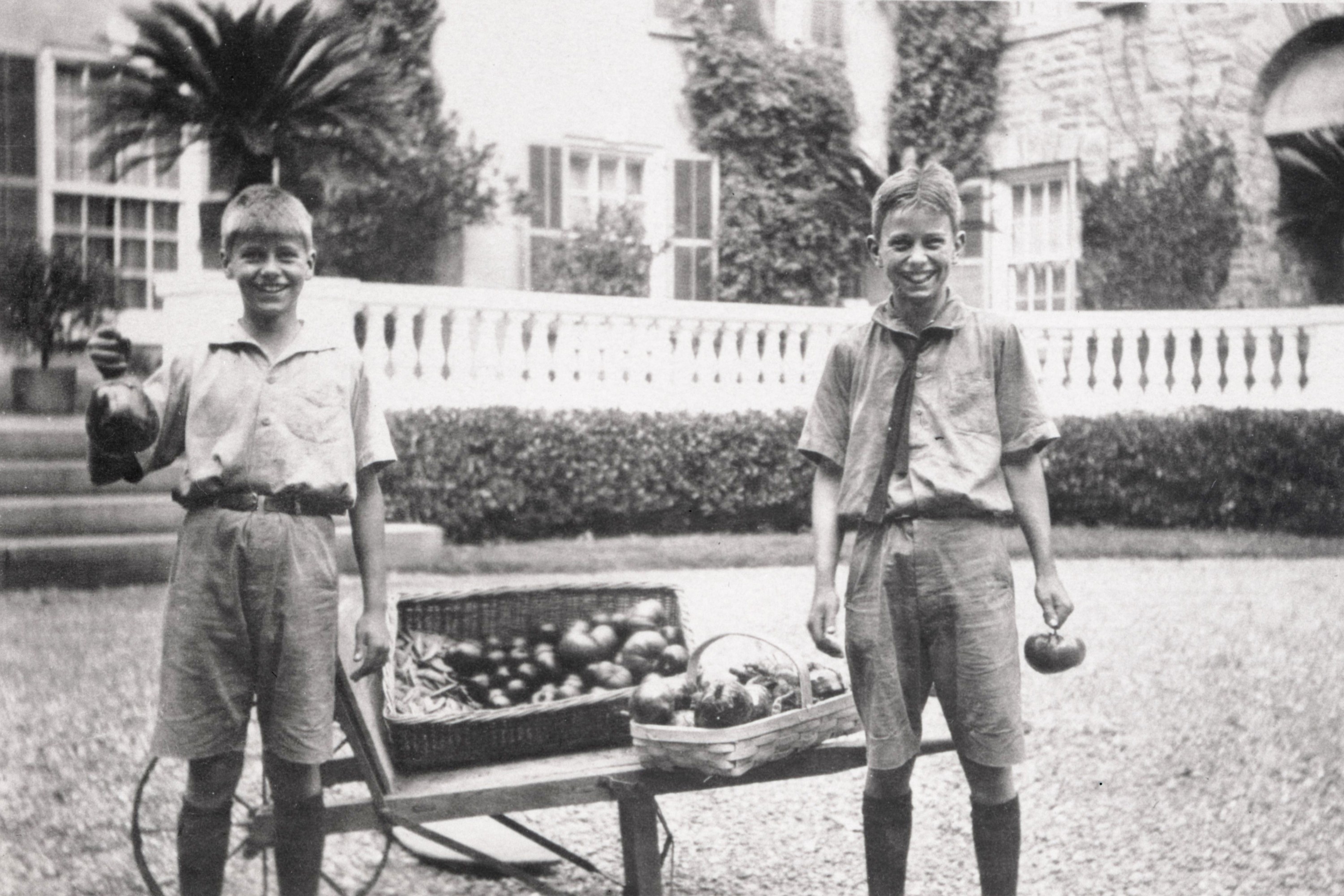
The StablesHudson Valley architect Frederick Clarke Withers of Newburgh, New York, designed the Queen Anne-style building for FDR's father James Roosevelt in 1886. 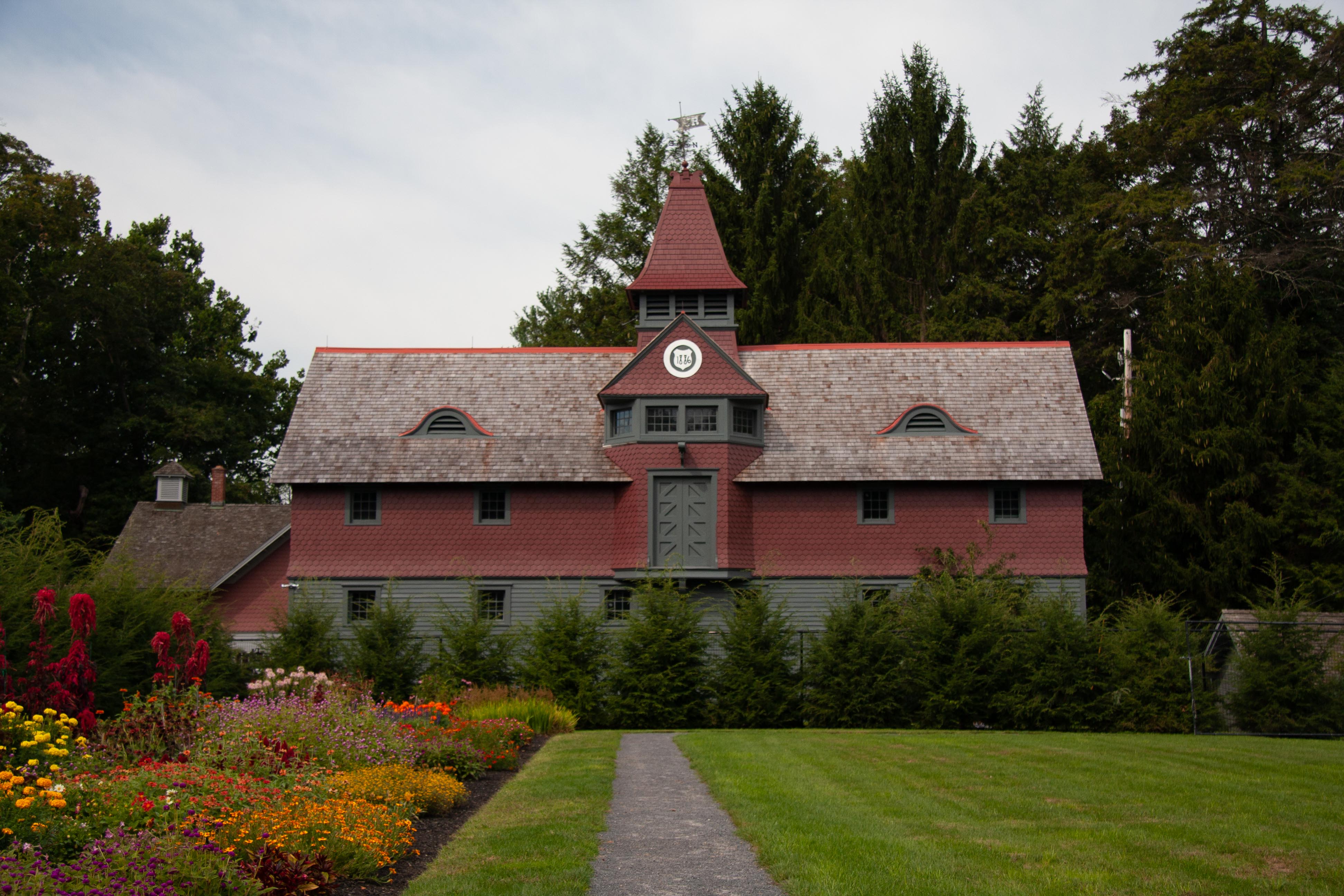
The Wild GardenRestoration of the wild garden began in 2022 and is made possible in partnership with the Beatrix Farrand Garden Association, an official philanthropic partner of the National Park Service. A team of horticulturists, historians, and National Park Service staff have researched, budgeted, and devised a plan of action to create this garden. The wild garden will display an example of a natural design element that was an important feature of Beatrix Farrand’s design aesthetic. 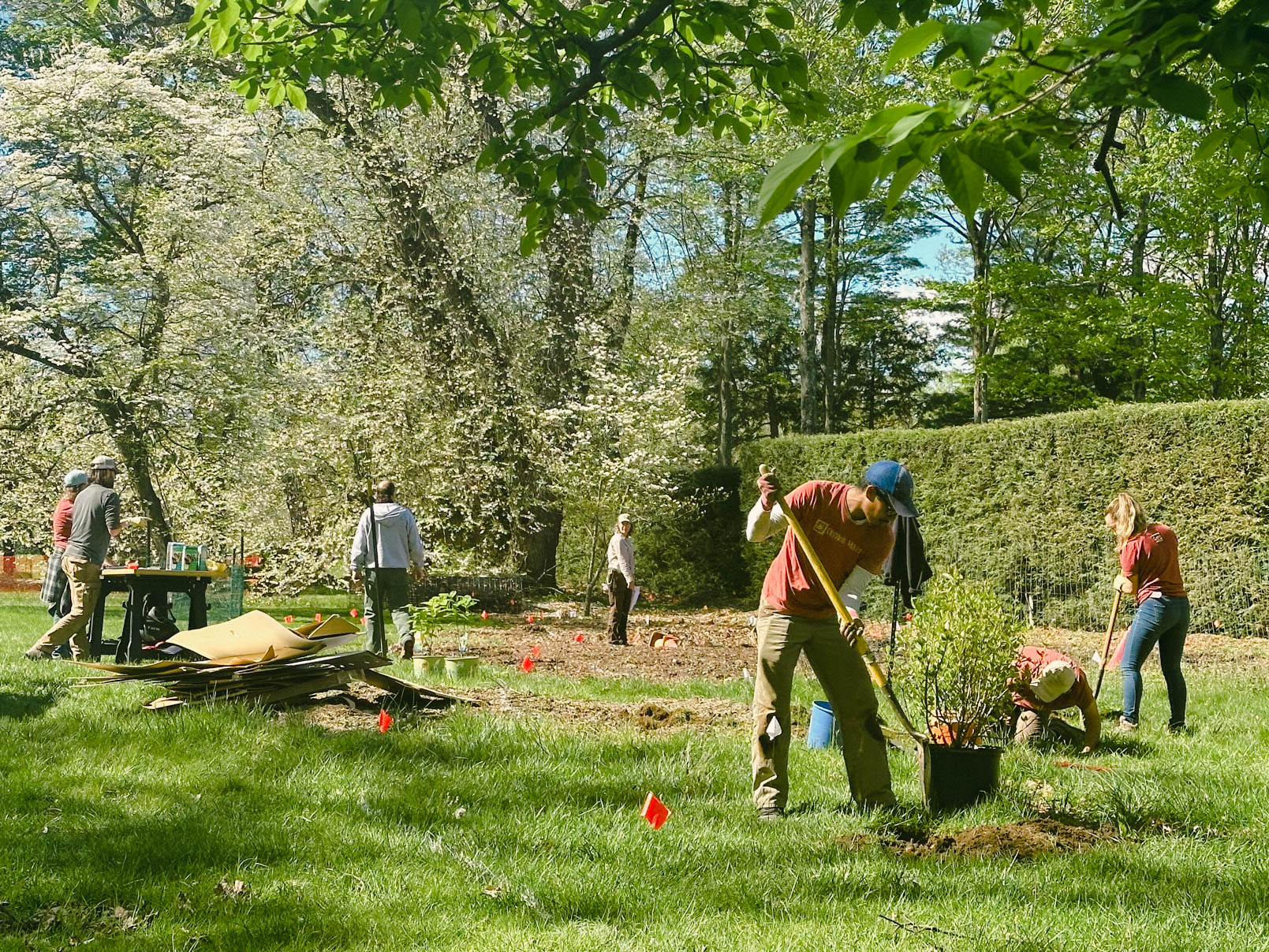
Thomas Newbold LandNewbold Road, named after land owner Thomas Newbold, was built on Roosevelt land so Newbold could access his farmland from his estate, Bellefield. This road was one of several that connected different areas of the Roosevelt property. 
Time and TransitionSince the President’s death in 1945, the 1,525-acre family estate has undergone extensive transformation. 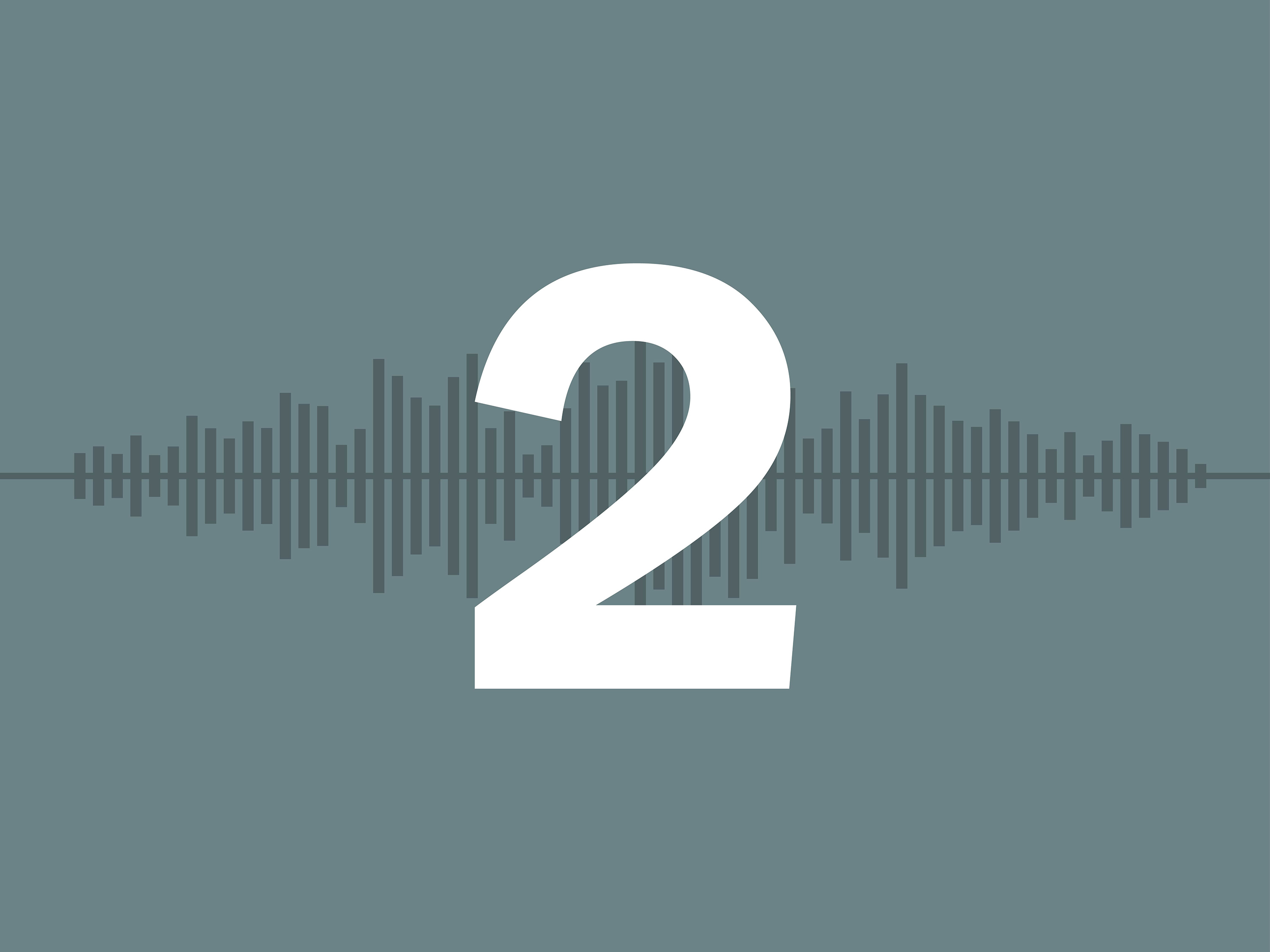
Top CottageFranklin D. Roosevelt built Top Cottage for use as a private retreat where, after his presidency, he could write his memoirs and history. But world events intervened. The simplicity of Top Cottage belies its significance as a gathering place for the Roosevelts, world leaders, royalty, and the president's administration who convened in this restful setting to witness a world disintegrating into war and imagine a future with nations united in peace. 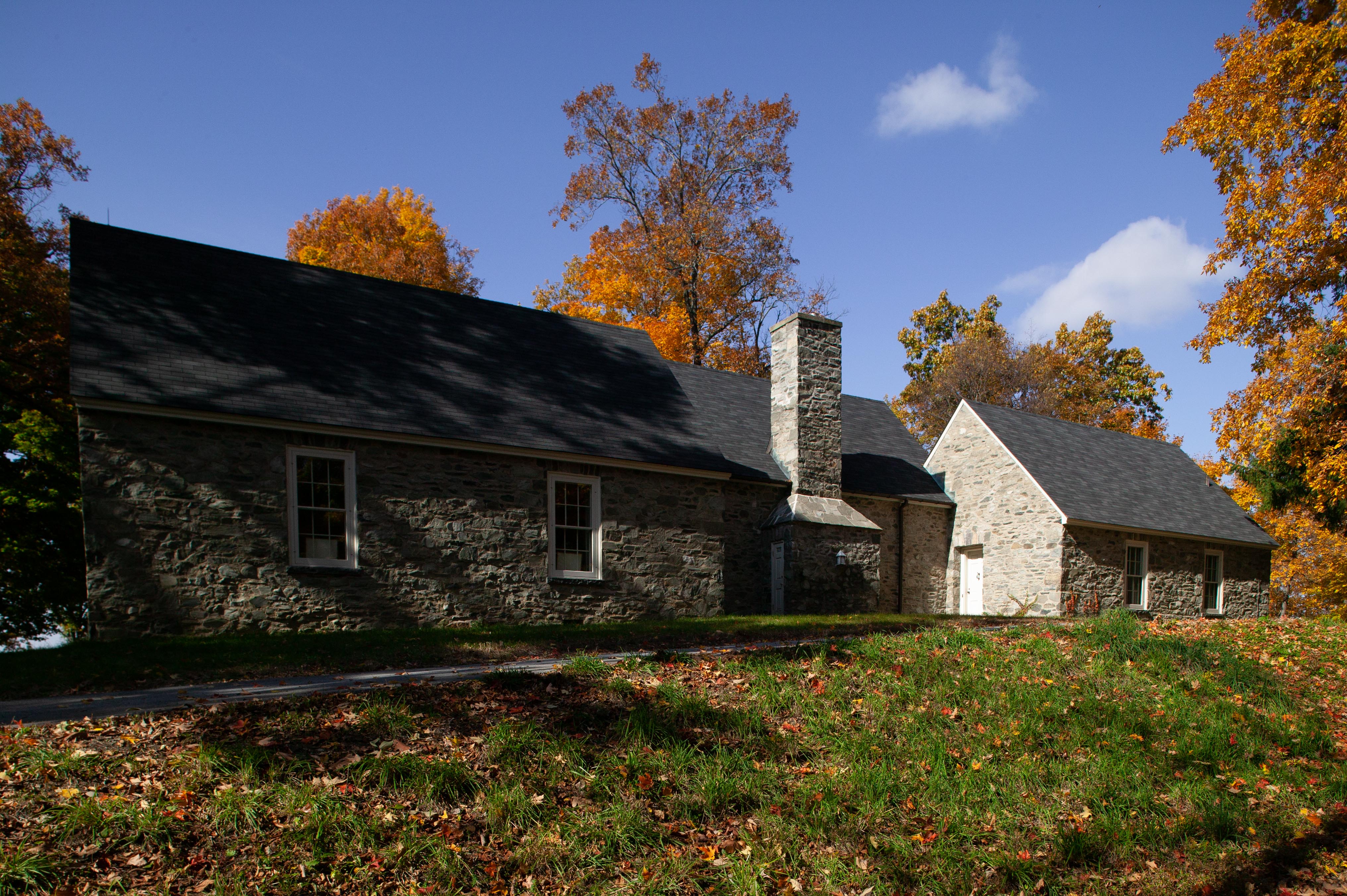
Walled Garden at BellefieldThe walled garden at Bellefield is a delight for the senses by one of America’s most celebrated landscape architects, Beatrix Jones Farrand. Renowned for the private estate gardens she designed for East Coast society and some of the most prestigious private universities and colleges, Bellefield represents one of her earlier commissions. 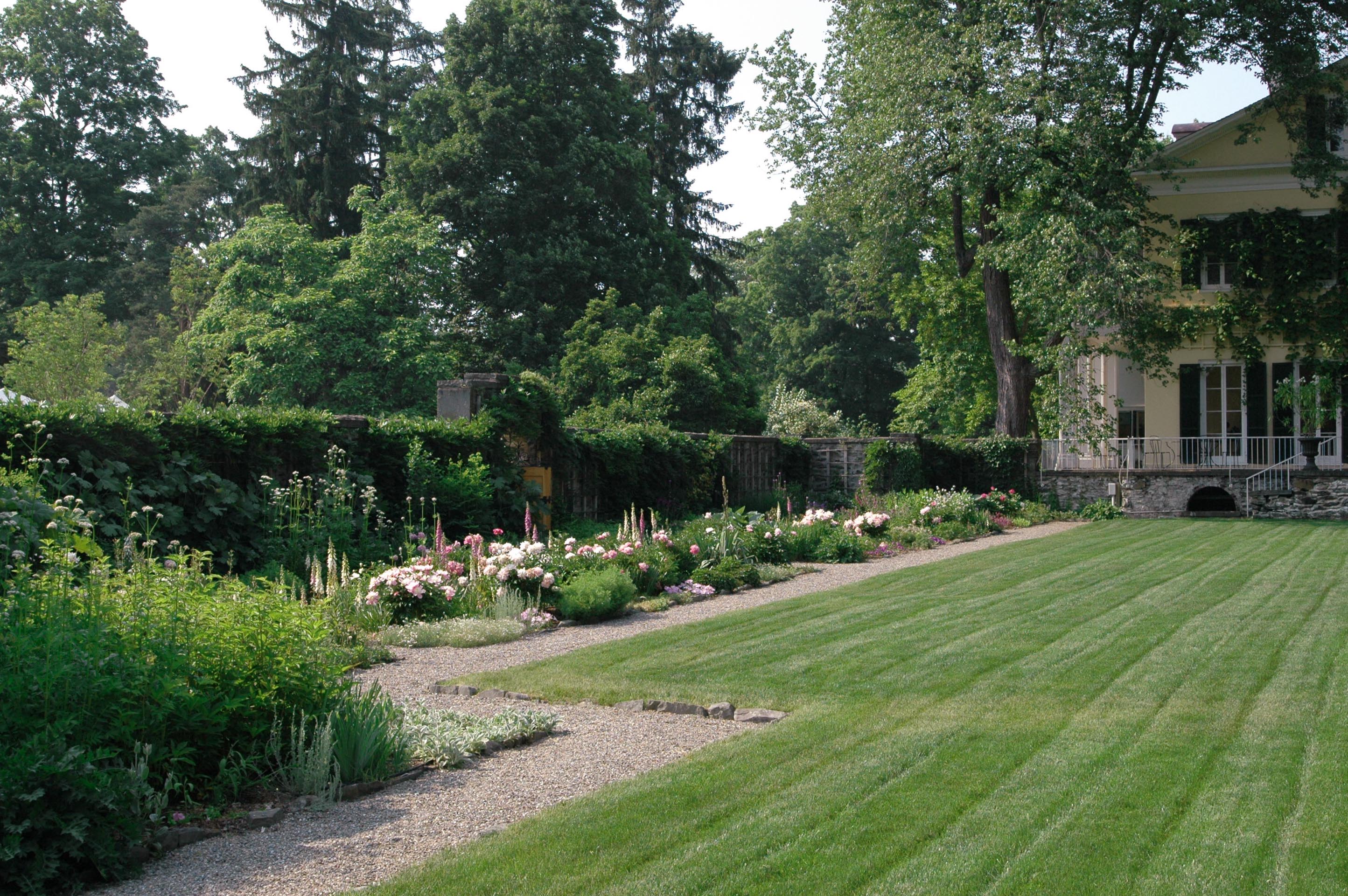
Welcome to Top CottageWhile never designed to be a residential home, Top Cottage nonetheless received an astounding list of visitors. 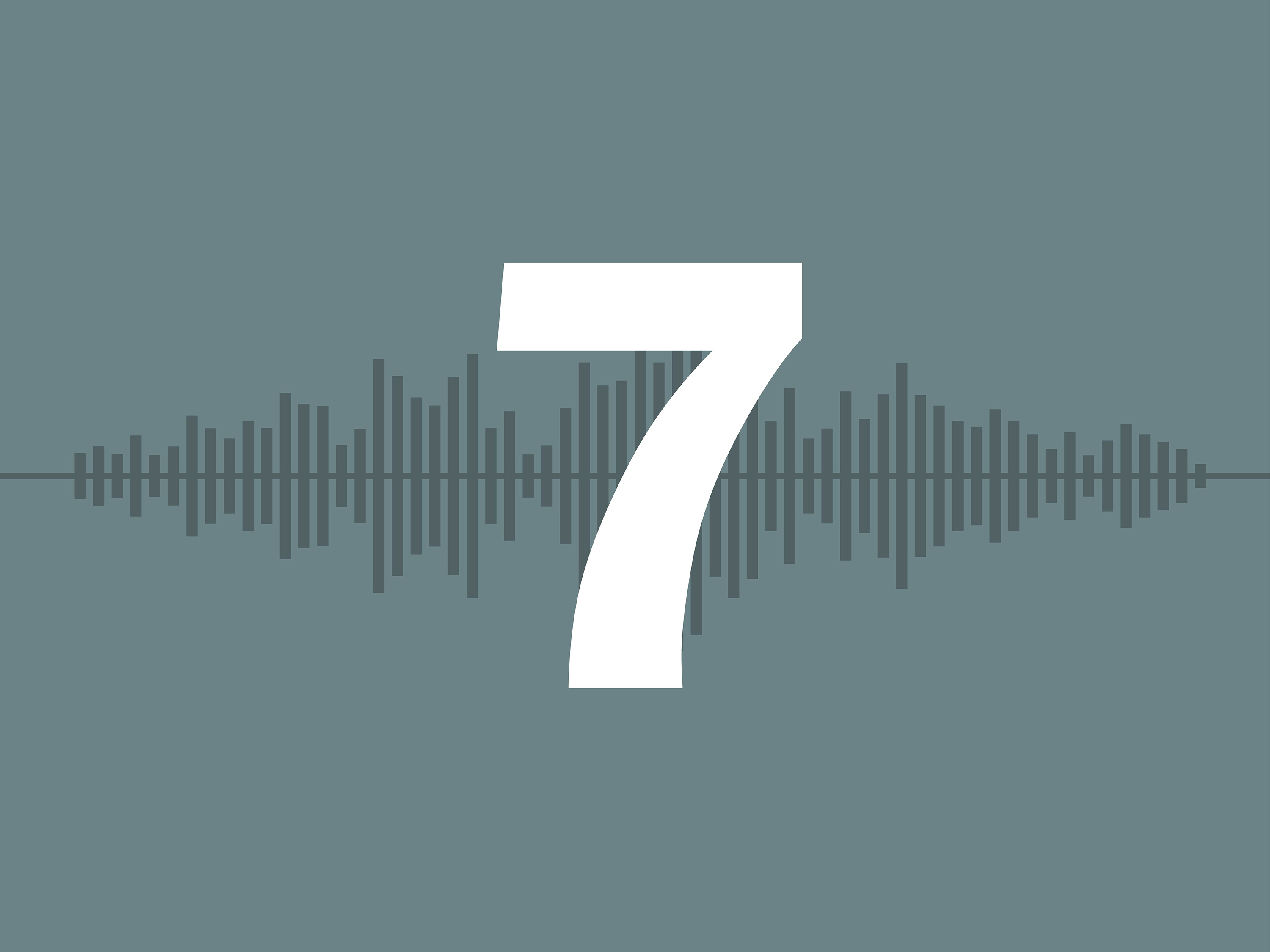
|
| Visitor Centers | Count: 1
Henry A. Wallace Visitor Center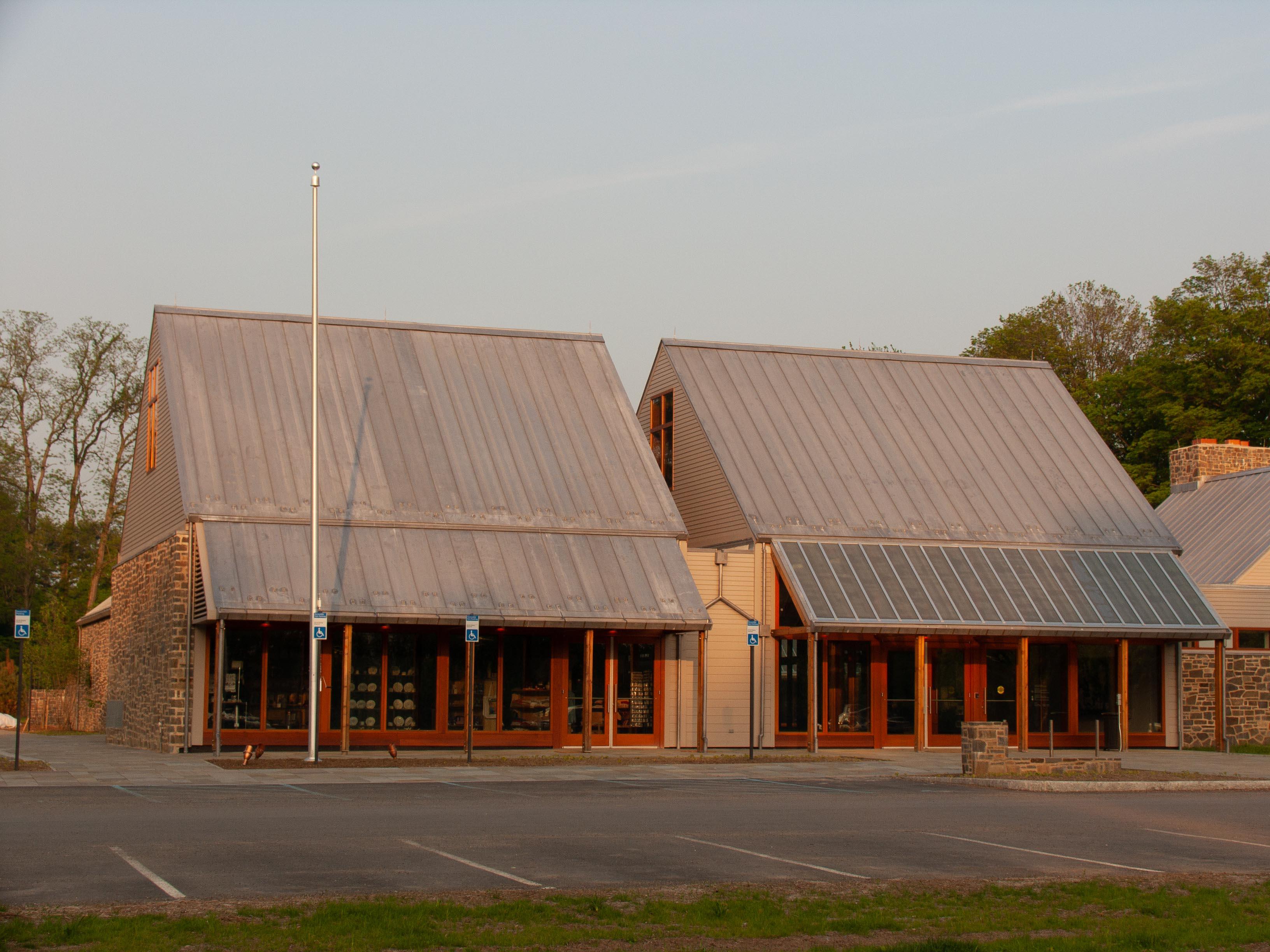
|
| Things to do | Count: 10
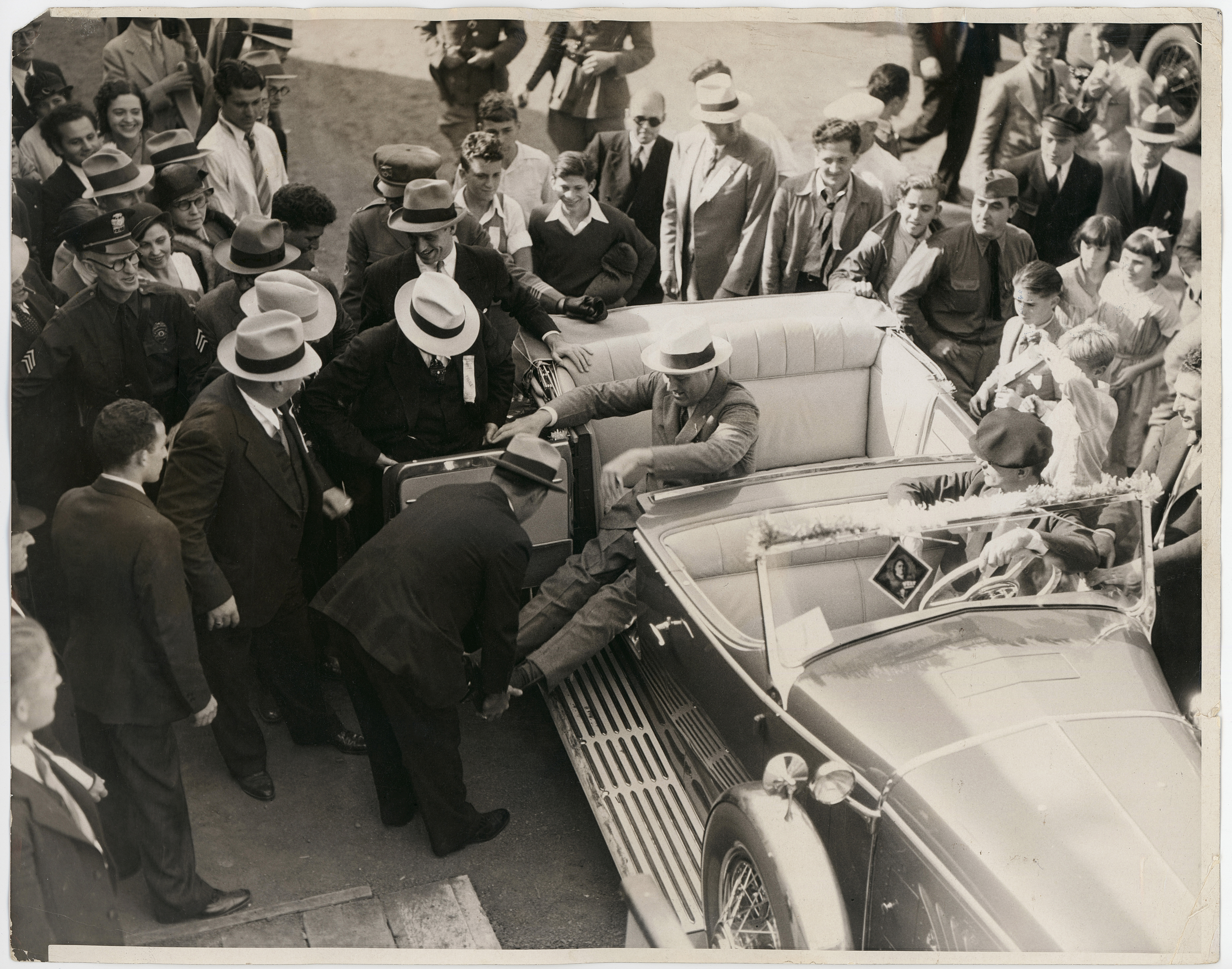
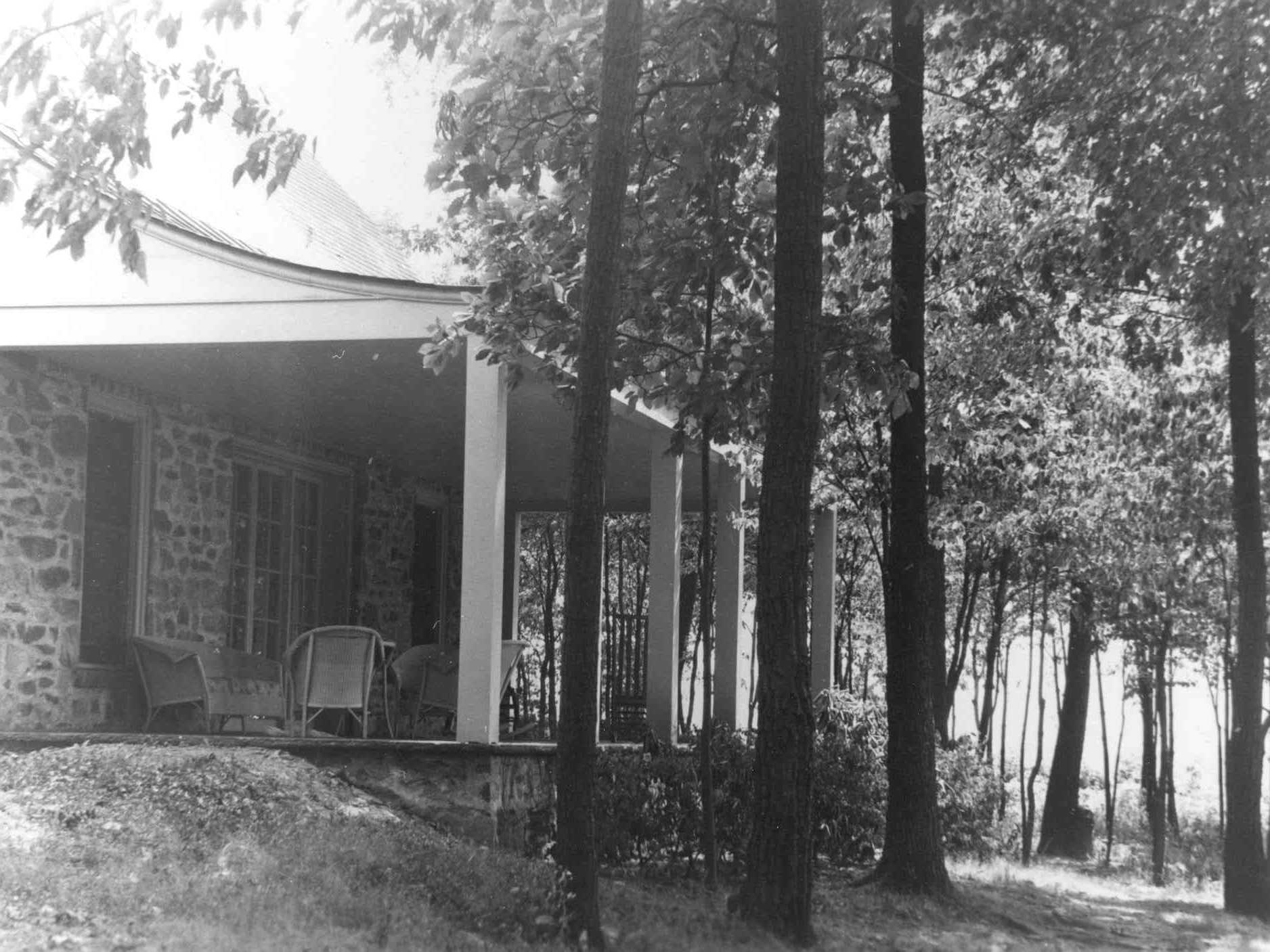
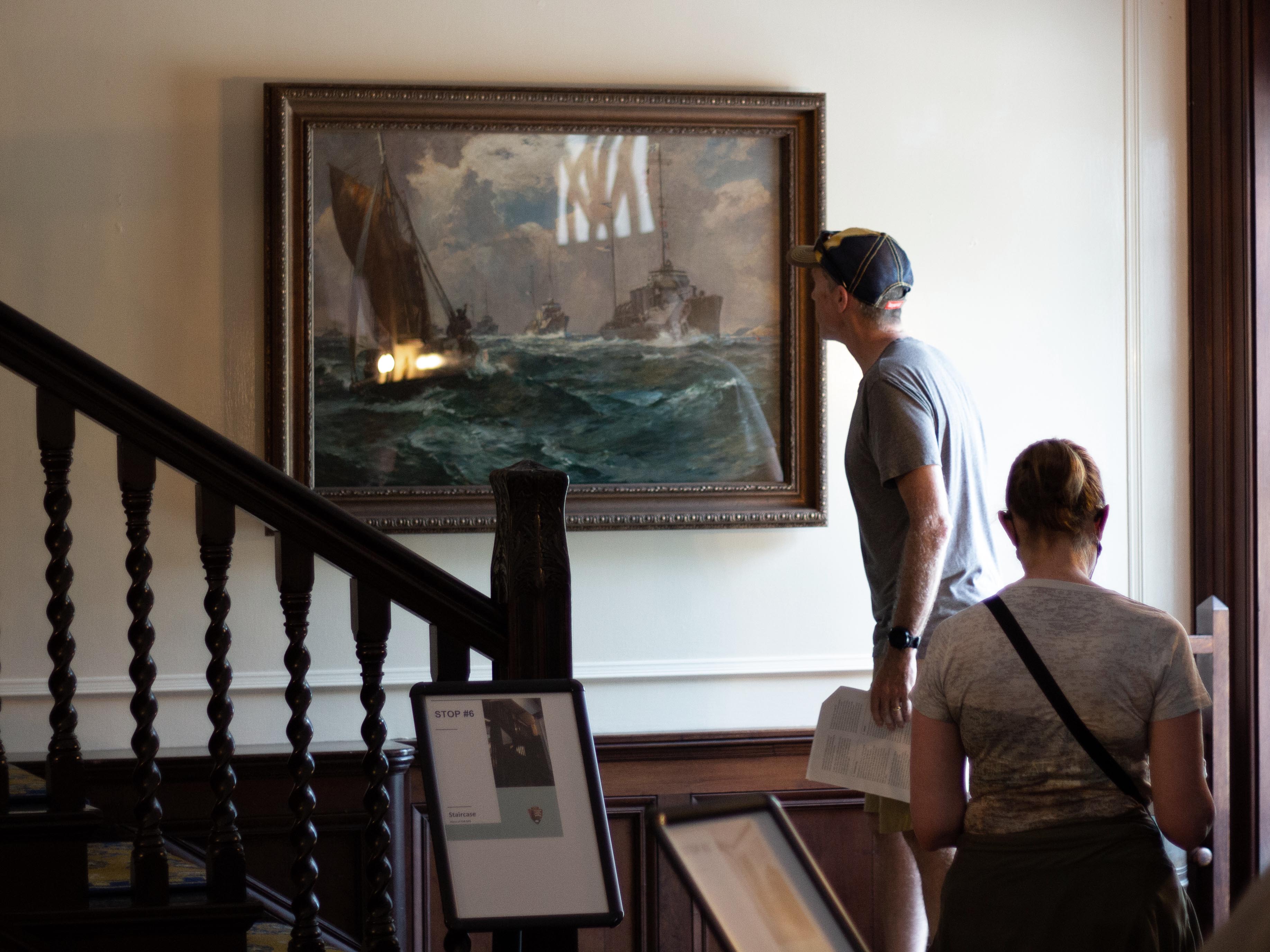
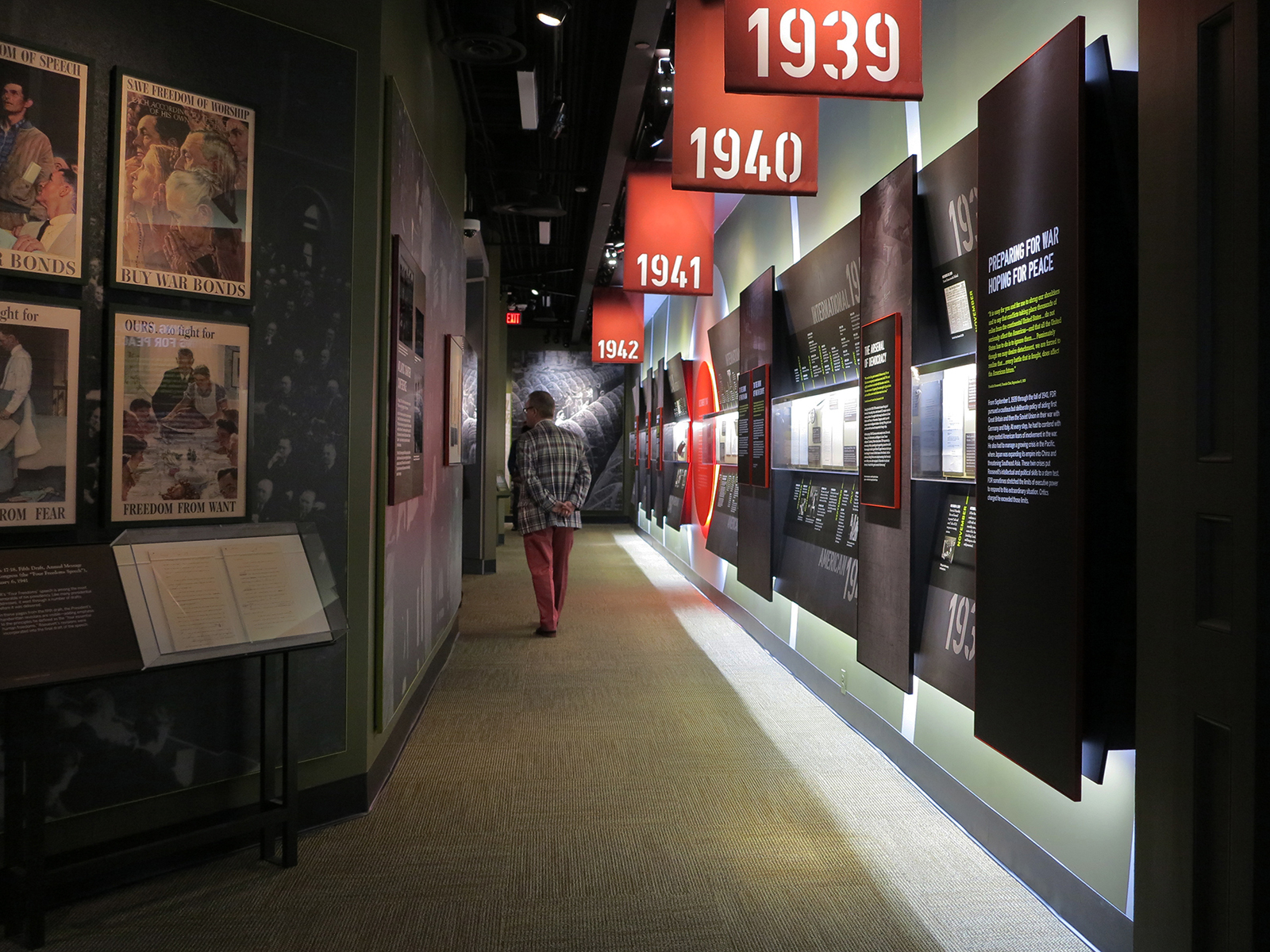
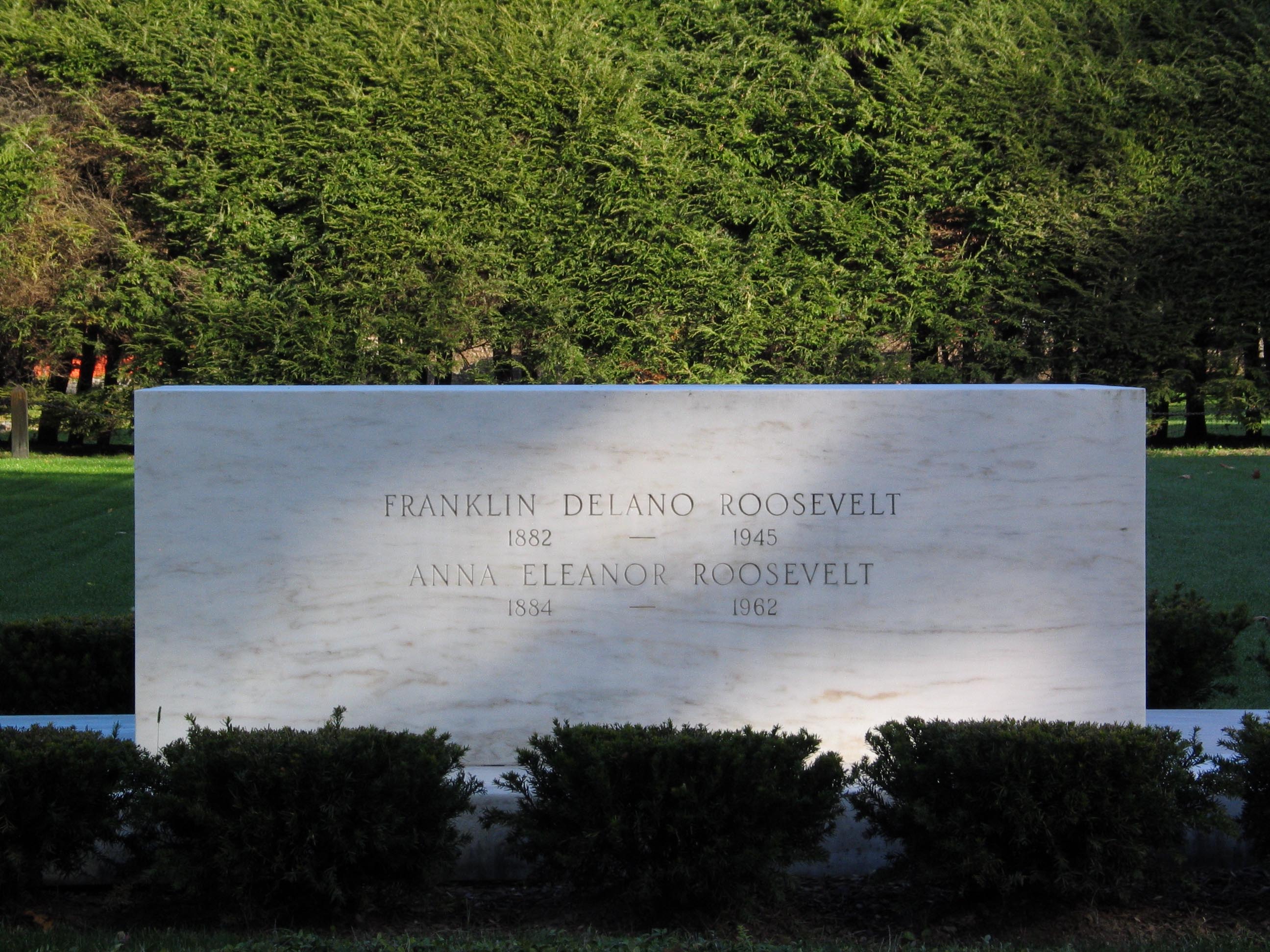

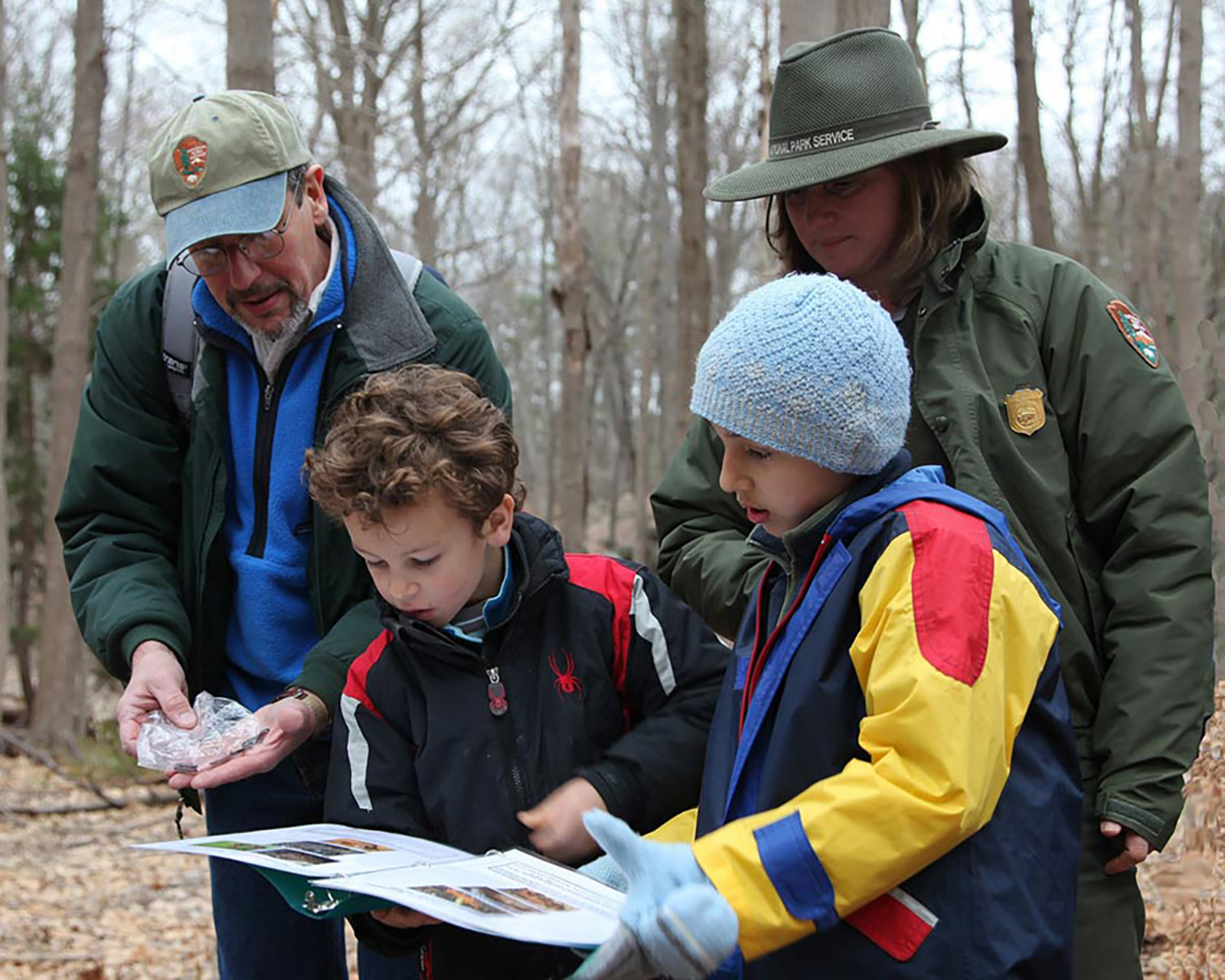
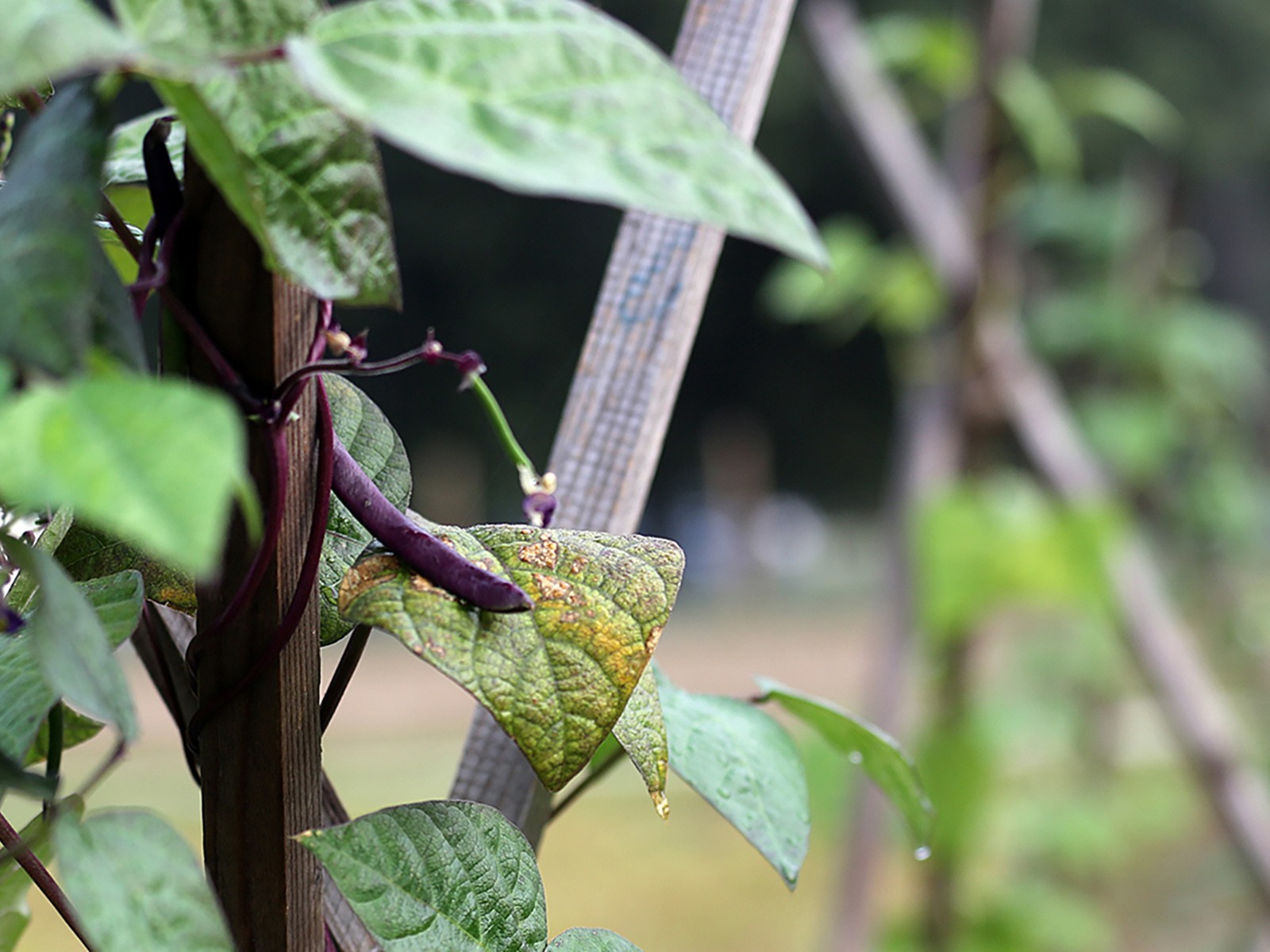
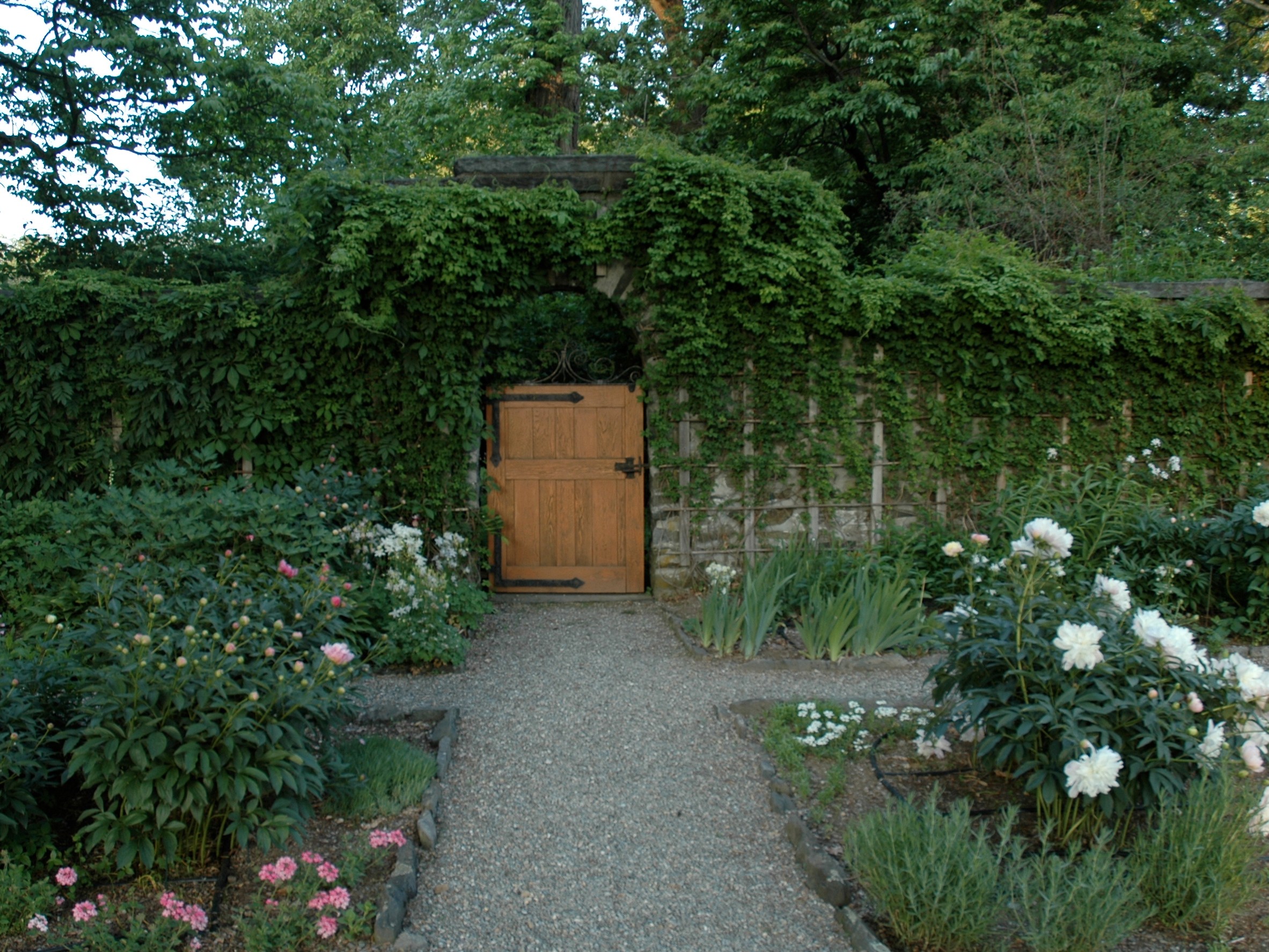
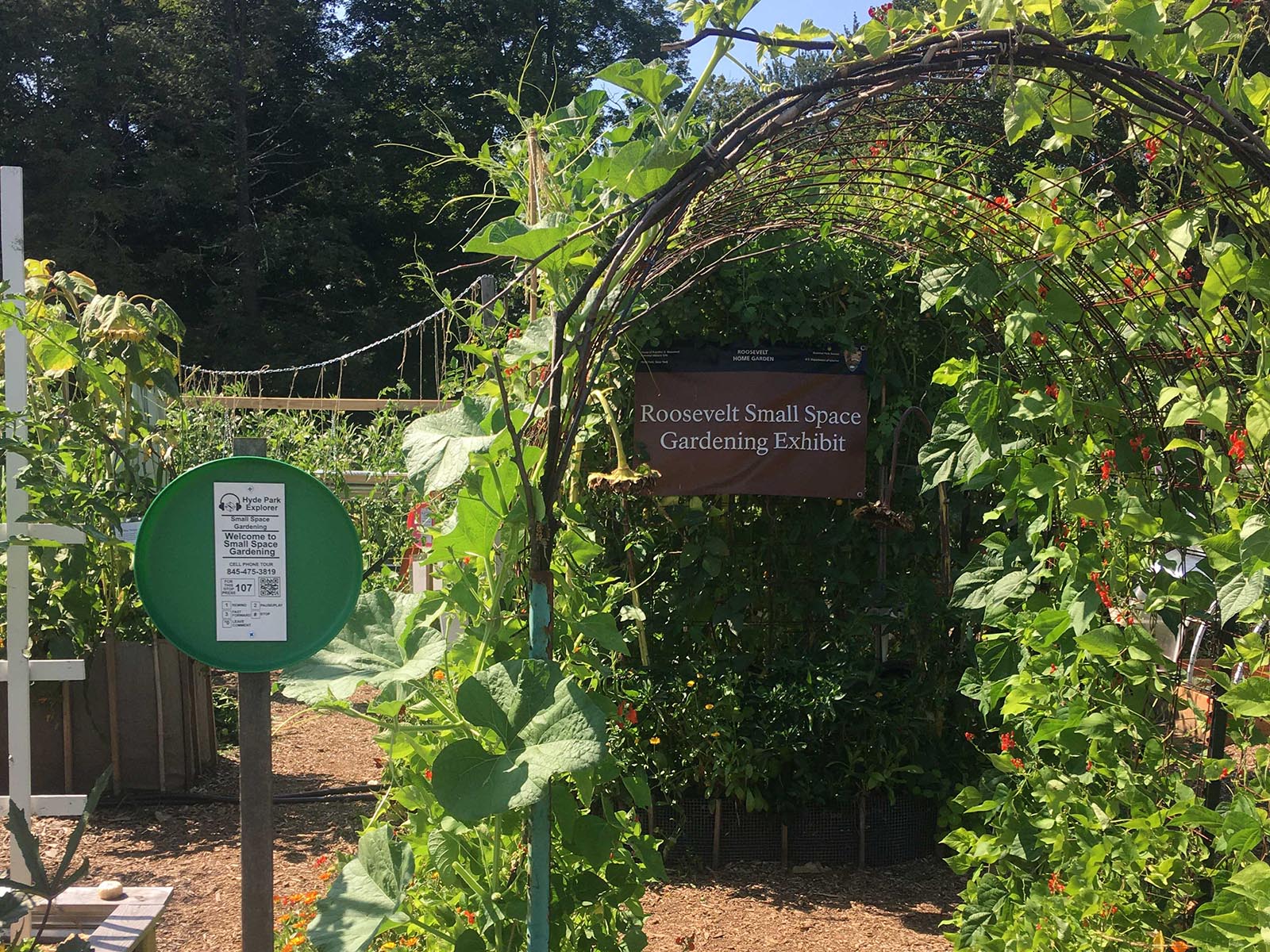
|
| Tours |
Count: 2
Farm Lane TrailRoosevelt Farm Lane is part of the historic road network that connected the Roosevelt Home, Val-Kill, Top Cottage, the Home Farm, and FDR’s tree plantations. The interior of the land was heavily planted with trees by FDR—Norway spruce, tulip-poplar, white pine and red pine to name a few. FDR planted over 21 acres of trees between 1912 and 1944. Walking Tour of SpringwoodThis self-paced tour provides introduction to the the principal buildings, gardens, and historic features of President and Mrs. Roosevelt's home. |
| Articles |
|